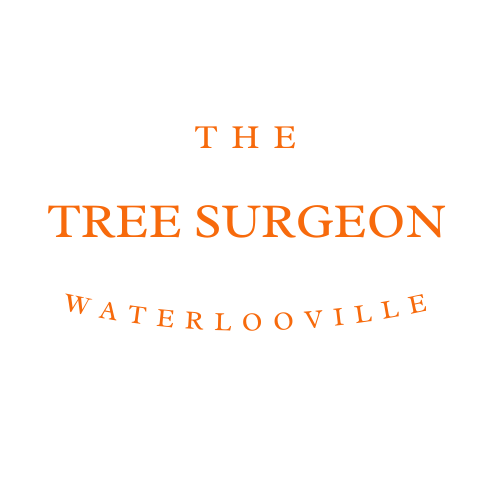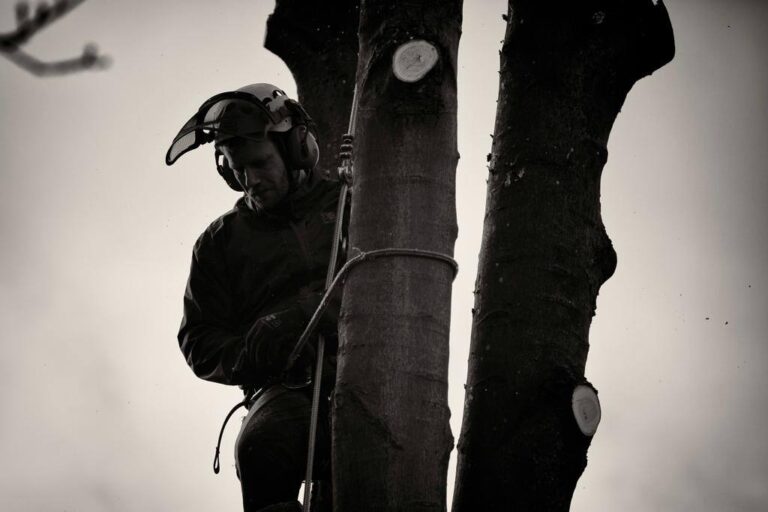Introduction: Tree crown reduction is a critical aspect of tree maintenance aimed at improving tree health, promoting safety, and enhancing aesthetic appeal. However, it’s essential to approach crown reduction cautiously and prioritise safety. In this blog post, presented by The Tree Surgeon Waterlooville, we’ll delve into the importance of safety considerations and best practices when performing tree crown reduction.
Conduct a thorough assessment:
- Before embarking on any tree work, including crown reduction, it’s crucial to conduct a comprehensive assessment of the tree’s condition. Look for signs of decay, disease, pest infestations, structural weaknesses, and other factors that may impact the safety and stability of the tree. Assessing the tree’s health and structural integrity will help determine the appropriate course of action for crown reduction.
Plan the work carefully:
- Proper planning is essential for ensuring the safety and success of tree crown reduction. Take the time to develop a detailed plan outlining the work’s scope, the techniques to be used, and the safety precautions to be implemented. Consider factors such as the location of nearby structures, overhead utilities, and potential hazards that may affect the work area. Planning will help minimise risks and ensure a smooth and efficient operation.
Use the right equipment:
- Tree crown reduction often requires specialised equipment and tools to prune branches safely and effectively. Ensure all equipment is in good working condition and properly maintained before starting the job. Use appropriate personal protective equipment (PPE), including helmets, eye protection, gloves, and safety harnesses, to protect against hazards such as falling debris and branches.
Employ proper pruning techniques:
- When performing tree crown reduction, it’s essential to use proper pruning techniques to minimise stress on the tree and promote healthy growth. Avoid making indiscriminate cuts or removing too much foliage, as this can weaken the tree and compromise its structural integrity. Instead, focus on selectively removing branches to reduce the overall size and density of the canopy while maintaining the tree’s natural form and balance.
Work safely at heights:
- Working at heights presents inherent risks, especially when performing tree crown reduction. Take precautions to ensure your and your team members’ safety by using appropriate climbing techniques and safety harnesses. Consideration should also be given to using elevated work platforms or crane-assisted tree work when climbing may not be feasible or safe.
Consider hiring a professional:
- While DIY tree work is possible for small-scale projects, hiring a professional tree surgeon for tree crown reduction is often safer and more effective. Certified arborists have the knowledge, skills, and experience to assess tree health, safely perform crown reduction, and minimise property and personnel risks. Hiring a professional ensures the work is done correctly and complies with industry standards and best practices.
Conclusion: Tree crown reduction is an essential aspect of tree care that requires careful planning, proper equipment, and adherence to safety protocols. By prioritising safety considerations and following best practices, you can ensure the successful completion of crown reduction projects while safeguarding the health and integrity of your trees.
Call us on: 023 9200 1796
Click here to find out more about The Tree Surgeon Waterlooville
Click here to complete our contact form and see how we can help with your tree’s needs.


